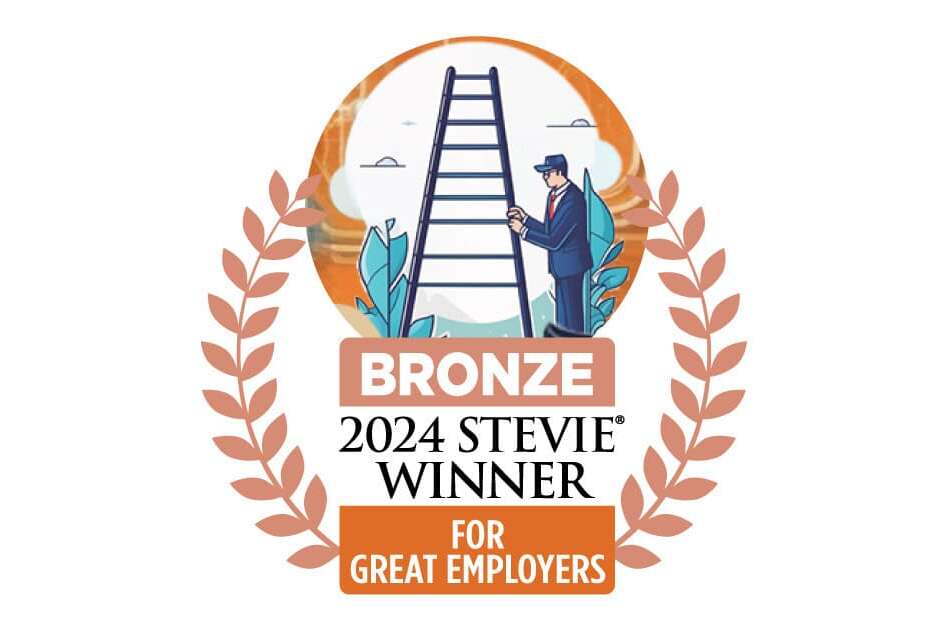Customer experience (CX) is king. We’ve come to accept this oft-repeated mantra as gospel in business-to-consumer realms, but it’s also true in business-to-business markets.
“B2B and industrial organizations need to ground every decision — including design, sales, planning, production, delivery, service and support — in an intimate understanding of markets and customer segments, and they need the agility to deliver a great experience for each of these segments,” explains PwC in its report, “The new B2B value chain.”
One of the challenges with B2B, compared to B2C, is defining the customer. It’s rarely just one person but groups of people, such as buyers, managers or users, that B2B providers must satisfy.
To do that, B2B companies must consider a range of touchpoints that make up the “customer” experience and leverage not just their employees but their partner ecosystem, including suppliers, partners, distributors, experts, technicians, service providers, trainers, analysts and others that are integral to the end-to-end customer lifecycle.
“The goal,” states PwC, “is an integrated and optimized ecosystem of capabilities, processes, apps, and user and expert communities that creates bundled value propositions beyond the product itself.”
In other words, B2B companies need to leverage their ecosystem partners to drive additional value and customer retention. Let’s look closer at the “retention channel” and how to leverage it for B2B revenue growth.
What is the retention channel?
In 2020, Jay McBain, Chief Analyst – Channels, Partnerships & Ecosystems at Canalys, introduced the concept of the “trifurcated channel,” which flanked the traditional sales or “transactional channel” with a pre-sale “influencer channel” and a post-sale “retention channel.” More recently, he refers to these motions as Influence, Land and Expand, which gives the retention channel a larger role in not only retaining but also growing accounts.
“Because almost every company in every industry is thinking about or actively converting to a recurring, subscription-based model, a new ‘retention channel’ is starting to take hold,” McBain wrote in 2020. “Knowing that the customer journey never ends in a subscription scenario and that brands will need to re-earn a customer’s business every 30 days, partners that can drive adoption, ongoing customer experience, and the ability to upsell and cross-sell become critically important.”
Certainly, the emergence of subscription- and consumption-based delivery models, i.e., Everything as a Service (XaaS), make a strong case for retention channels. But its merits extend to all B2B sales models that rely on upgrades, expansions, upsells, cross-sells, renewals, etc.
That’s because customer retention is proven to increase profits and valuation. It’s widely accepted, for example, that a 5 percent increase in customer retention can boost profits by 25 percent or more because these customers often become repeat buyers and, what’s more, contribute to the company’s customer base through referrals.
Who are retention channel partners?
The retention channel is not a homogenous group. It includes various partner types, such as consultants, integrators, suppliers, distributors, technicians, service providers, trainers, analysts and others as dictated by the industry.
Each type of partner has a unique role that can enhance customer satisfaction and loyalty. Some examples from the technology channel ecosystem include:
- Consultants — While often viewed as part of the “influencer channel” because they recommend products and services, consultants are also essential players in the retention channel for providing ongoing validation of vendor selection and delivering training to drive the adoption of the solution they recommended.
- Technicians — Technicians ensure systems or software are configured and installed correctly to maximize value. In some situations, technicians can be on call to handle questions and troubleshoot issues.
- Integrators — Integrators connect new systems or software to the existing customer IT environment, ensuring that it works properly and addressing any issues as they arise. They also may recommend enhancements to improve the overall value of the solution.
- Managed Services Providers — MSPs ensure the smooth operation of systems so that they function as advertised. They also often provide around-the-clock monitoring and, in some cases, rapid response support.
- Technology Alliance Partners — Typically, alliance partners offer complementary technology that augments the value of the primary vendor’s solution. One example is a network provider delivering VoIP-ready network connections using software-defined wide area networking (SD-WAN) to support quality of service (QoS) for cloud phone system customers. In some cases, these alliances are hidden behind white-label agreements.
How do retention channels add value?
By leveraging the capabilities of each partner type, businesses can deliver a holistic retention strategy that addresses multiple customer touchpoints and needs. Examples include:
- Customer Training — Partner-led webinars, seminars, and training programs can enhance customer skills, adoption and value realization.Customer Support — Access to timely and effective technical, administrative, user or other support can improve overall satisfaction.
- Bundled Offers — Complementary products and services can be delivered (often at discounted rates) to increase the value of both offer
- End-to-End Solutions – Where possible, partnering with multiple vendors can deliver complete solutions so customers don’t look elsewhere.
- Vertical Expertise — Expert advisors in industries such as health care, finance or manufacturing can tailor solutions to meet vertical use cases and maximize results.
- Geographic Presence — Partners in complementary geographies can provide in-market or in-language support to improve customer interactions.
- Analytics & Insights — Real-time and historical metrics can validate the solution’s effectiveness.
- Audits & Reviews — Financial, technical or business reviews can help to ensure solutions are delivering desired outcomes, identify areas of improvement or uncover opportunities for innovation.
Beyond Retention to Growth & Advocacy
Retention channel partners are increasingly vital to elevating customer value and customer experience. By formalizing and nurturing these relationships, B2B organizations can improve customer retention, grow customer revenue and increase customer lifetime value. If done well, they can even turn customers into advocates and influencers, but that’s a blog for another day. Stay tuned!
Ready to see how the ZiftOne platform and ecosystem can help you retain customers?
Demo the ZiftONE platform today!




